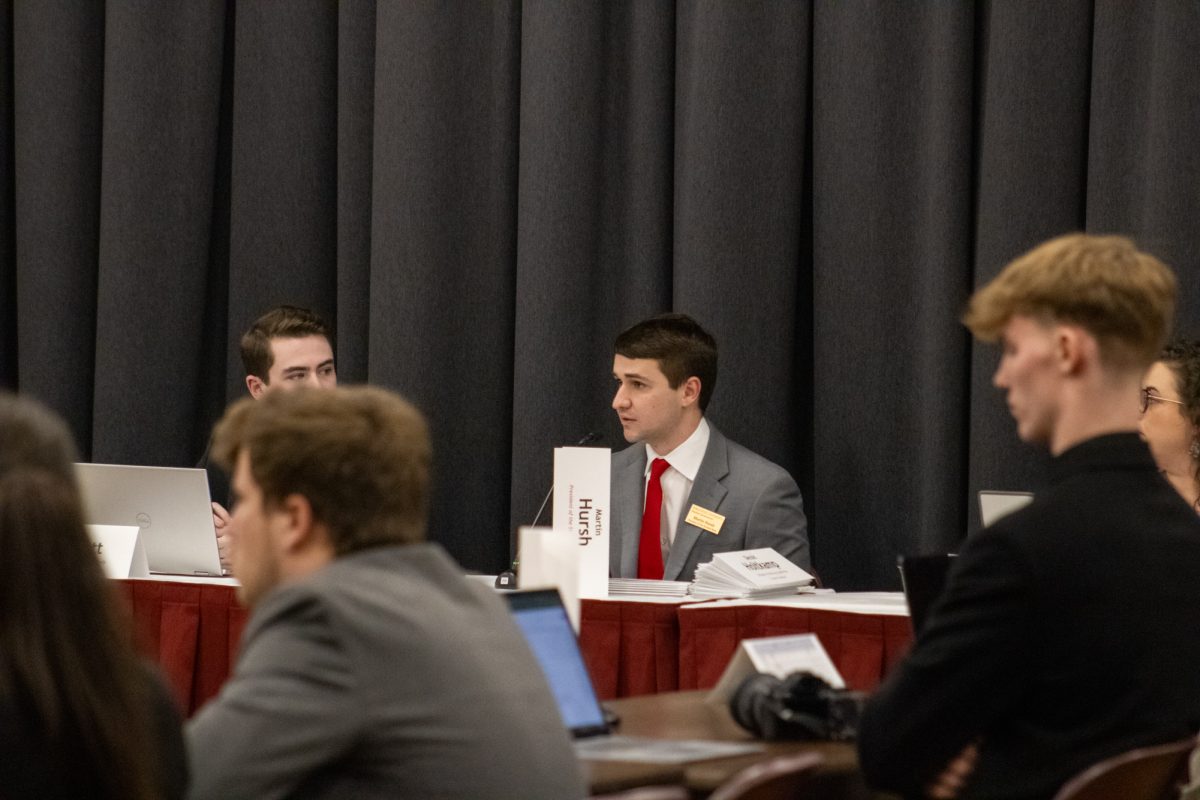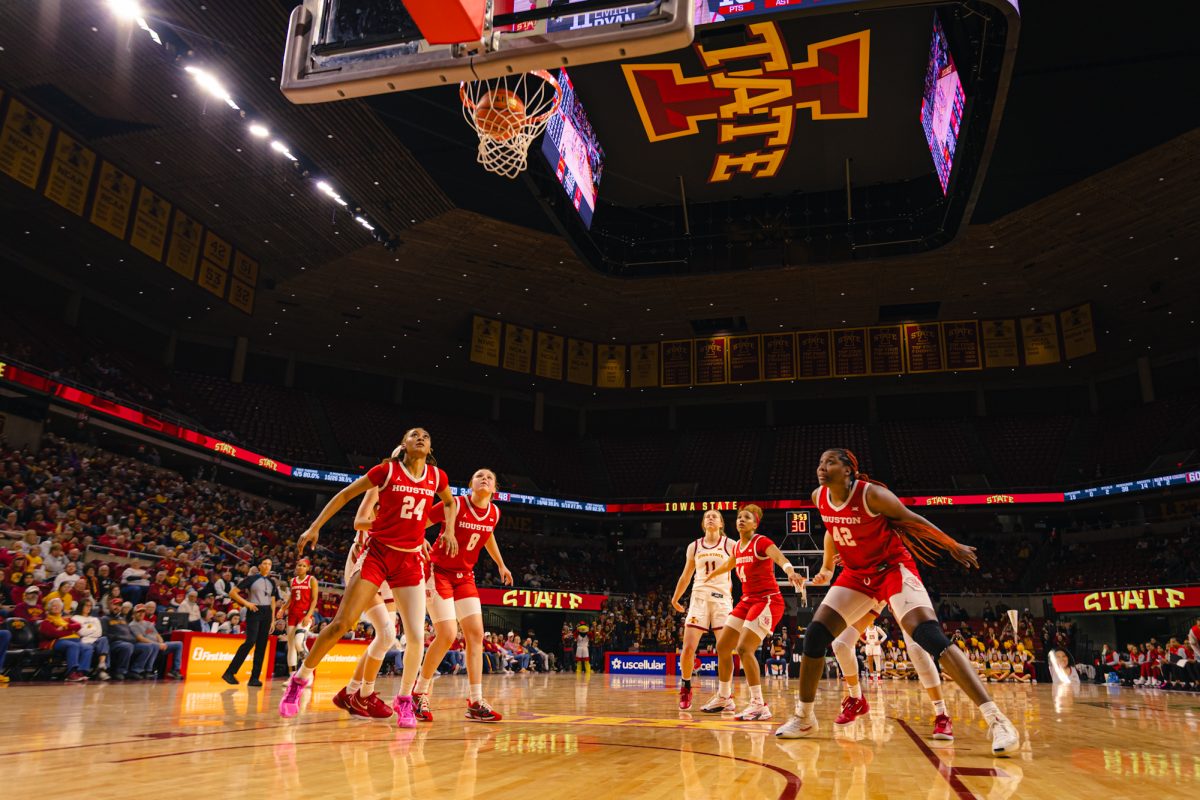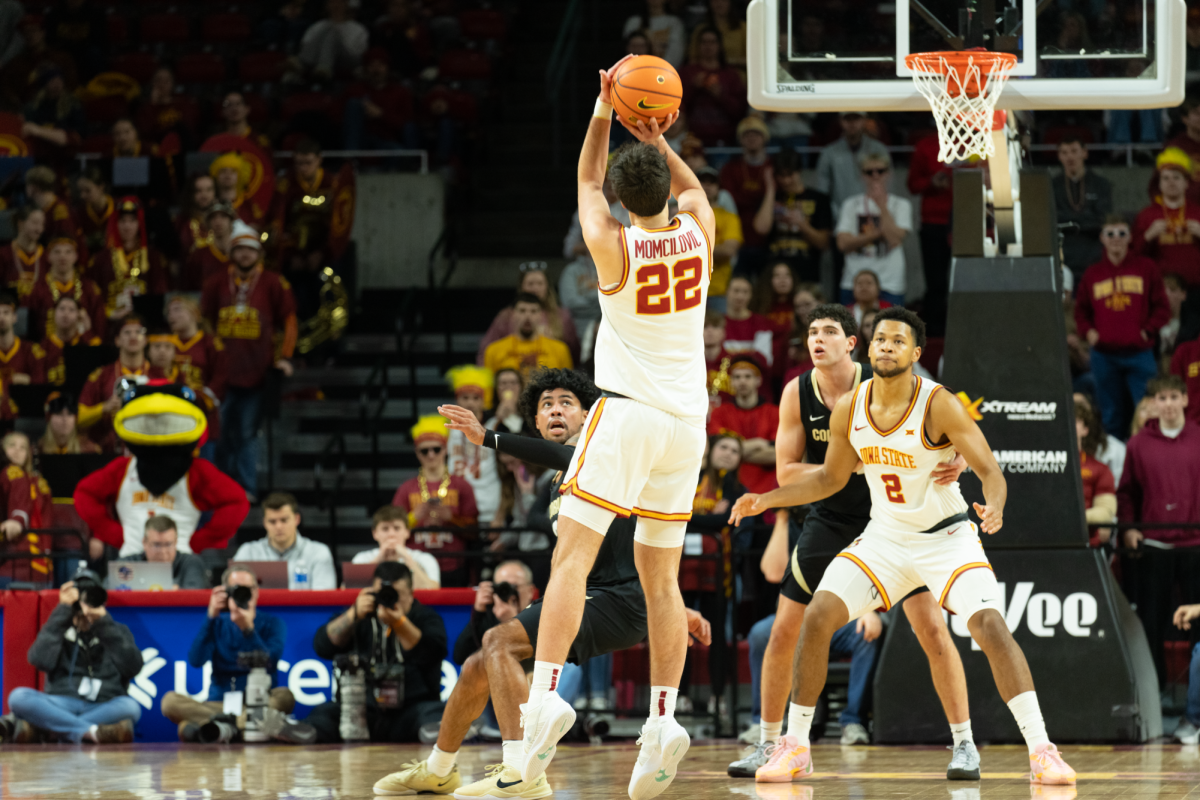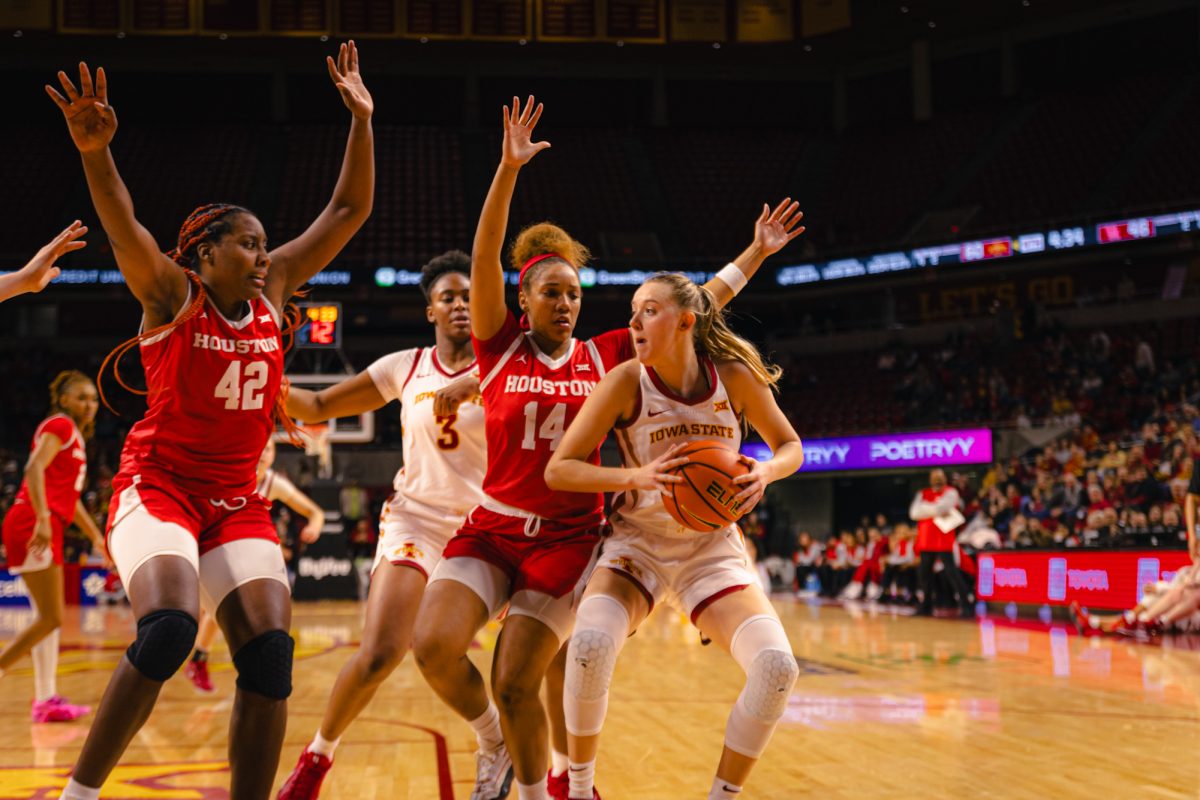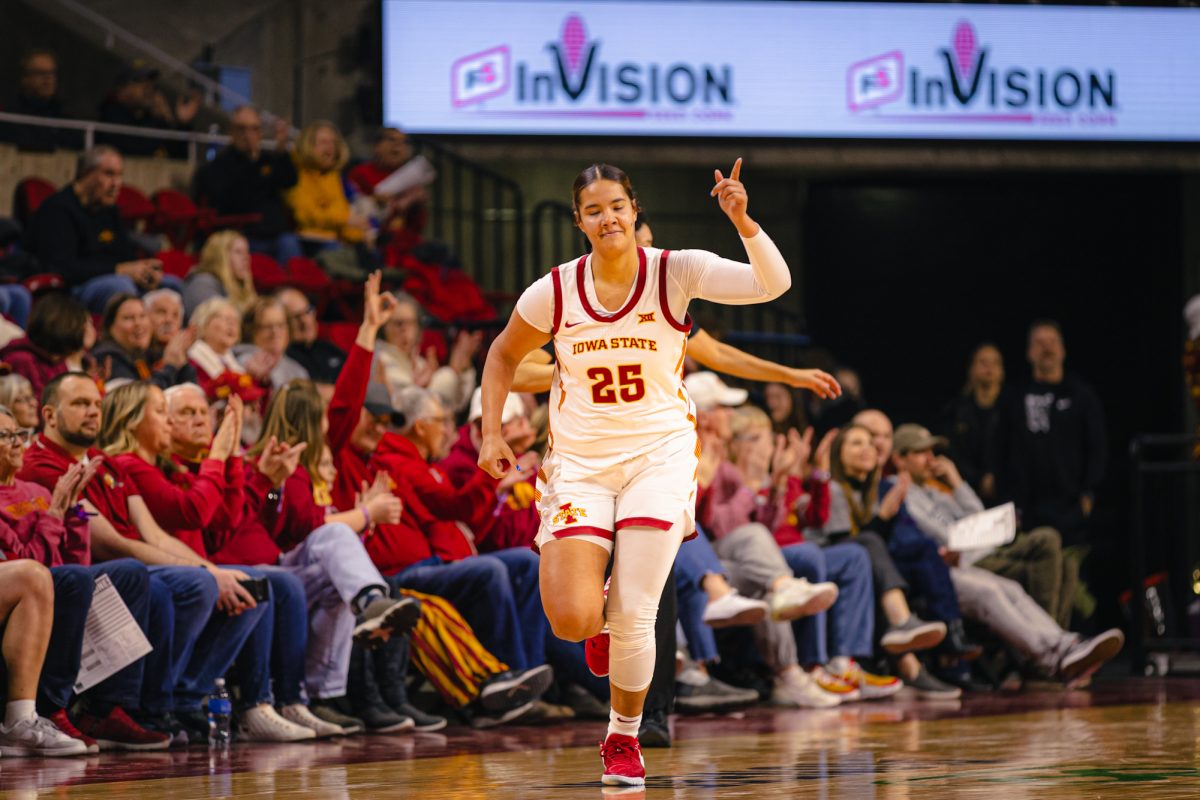BIGe symposium to focus on green energy, buildings
March 27, 2007
The BIGe lectures and tours, hosted by the ISU Center for Building Energy Research, will focus on designing for energy sustainability with several events in Des Moines, Ames and Nevada on Wednesday and Thursday.
On Wednesday, Cameron Sinclair, co-founder of the Architecture for Humanity group, will hold a lecture along with a panel discussion in the Des Moines Public Library.
Sinclair will also hold a lecture in Kocimski Auditorium in the Design Building from 7 to 9 p.m. Following the lecture there will be a panel discussion with Jennifer Ross, graduate student in architecture and member of Architecture for Humanity-Iowa Chapter, Kevin Nordmeyer, partner with RDG Planning and Design in Des Moines, and Clare Cardinal-Pett, associate professor of architecture.
On Thursday there will be an Architecture for Humanity of Iowa-Chapter meeting in the Design Building, site tours of a dry mill ethanol plant in Nevada and Powerfilm Solar, a solar panel producer in Boone.
The ISU Architecture for Humanity chapter was formed last fall and is chaired by Kevin Lair, lecturer in architecture. Last fall, Lair supervised the construction of the recycling apparatus called “the Sock” that scales five stories of the Design Building.
“We tried to get people to think about the issues and recycling kind of came up,” Lair said, of the creation of the Sock.
Lair contends that designs such as the Sock are prime examples of designing for energy sustainability, which is what Architecture for Humanity is all about.
Architecture for Humanity is a nonprofit organization that specializes in disaster-humanitarian aid and relief projects all over the world, including projects in New Orleans and India. The organization aims to help rebuild, or in some instances build for the first time, structures that are energy efficient and weather-resistant. It backs the use of alternative energies in construction, such as solar power, Lair said.
“We could try to help them later, after the disaster, or we could help them now by building these types of structures,” Lair said.
The chapter plans on constructing a bakery this spring out of straw bails as an alternative to usually energy intensive construction methods. The bails are good insulators, have an environmentally low impact, he said.
“It’s a low-cost, easy, hands-on building without professional help. It’s the kind of product that is renewable,” Lair said.
The upcoming panel discussion will cover topics such as methods of designing for energy for sustainability on campus, connecting with institutions like banks, contractors and others that might be interested in helping with projects around the Ames area and examining “green designs; targeting the issues that we as leaders can do as designers and architects,” Lair said.
Ross said the symposium is aimed at putting the magnifying glass on certain energy and design issues, especially with the growing climate change movement.
“There is one way a person can design for energy sustainability, although it has to be done in a holistic manner,” Ross said. “As a student, I think [the symposium raises] issues such as energy and design and disaster relief need more awareness. The BIGe isn’t about energy, it has to do with the broader question [of energy sustainability].”


